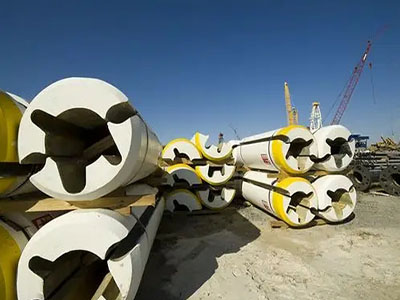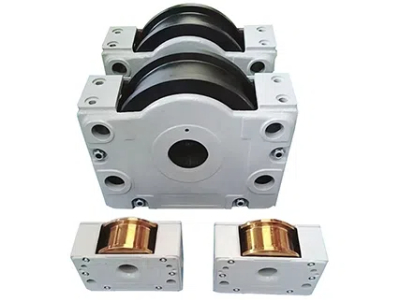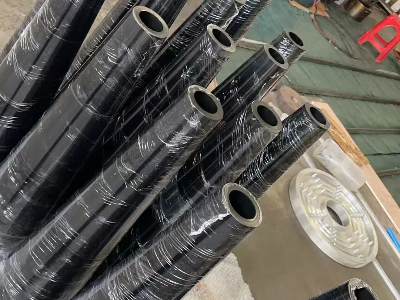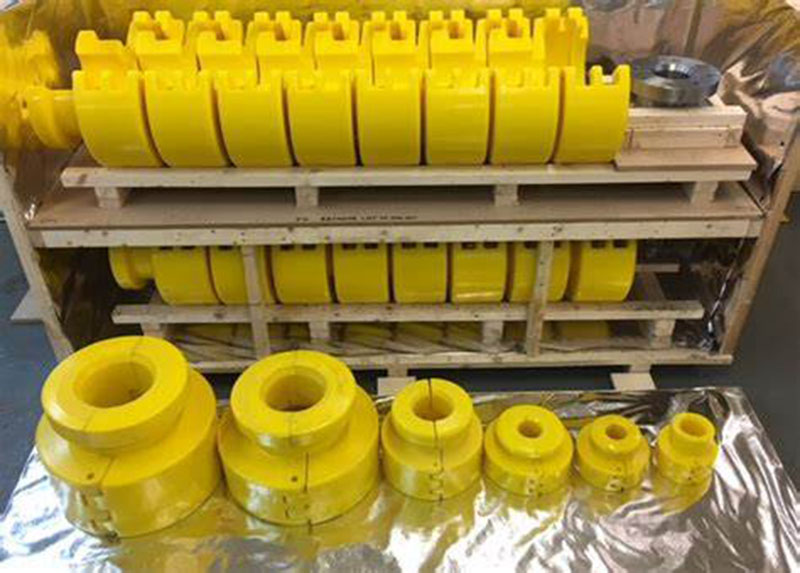Subsea drilling riser buoyancy module is arranged around the outside of the riser to form a "sleeve-type" structure, evenly distribute buoyancy, provide all-round buoyancy support, and prevent the riser from bending or tilting due to its own weight or external forces such as water flow. These buoyancy modules are usually cylindrical or other streamlined, which can reduce water flow resistance while providing sufficient buoyancy support.

In some cases, the riser float can also be designed to be partially surrounded or arranged in sections as needed to meet the needs of different water depths or operating conditions. Regardless of the design method, the key task of the buoyancy module is to ensure that the riser can remain upright and stable during deepwater operations.
Working principle of buoyancy module
The buoyancy module significantly reduces the effective tension of the riser by balancing the weight of the riser with the buoyancy in the water. This buoyancy support not only reduces the burden on the riser itself, but also effectively optimizes the mechanical properties of the entire system. Through the buoyancy module, the riser can remain upright in the seawater, avoid bending, sinking or tilting, and ensure the stability and accuracy of drilling operations.
Advantages of polyurethane jumper buoyancy
Polyurethane is an ideal material for jumper buoyancys due to its excellent resistance to seawater corrosion, impact resistance and wear resistance. It shows good long-term performance in harsh submarine environments and can withstand the challenges of high pressure, low temperature and other harsh conditions. The elasticity and strength of polyurethane enable the buoyancy module to have sufficient buoyancy support capabilities, while being able to adapt to environmental temperature and pressure changes to ensure stable operation in deepwater environments.
Structural design and challenges
The design of buoyancy modules usually adopts a modular structure for easy installation, transportation and maintenance. This design is not only convenient for application in different water depths and different environmental conditions, but can also be customized according to specific needs. Factors such as temperature changes, pressure changes and corrosion in the marine environment need to be considered in the design to ensure that the material does not degrade in performance during long-term use. The shape of the module is generally cylindrical or streamlined, which reduces water flow resistance and improves stability.
Application scenarios and benefits
Polyurethane buoyancy modules are widely used in marine engineering projects such as deepwater drilling and offshore wind power. The buoyancy support it provides can effectively reduce the load of the riser when operating in deepwater areas, reduce equipment failure rate, and improve overall operating efficiency. By reducing the need for additional support structures, buoyancy modules can also reduce operating costs.
In general, polyurethane submarine drilling riser buoyancy modules not only improve the safety and stability of deepwater operations, but also optimize the mechanical properties of the entire marine engineering equipment through excellent performance and structural design. It is one of the indispensable key technologies for modern submarine drilling.




